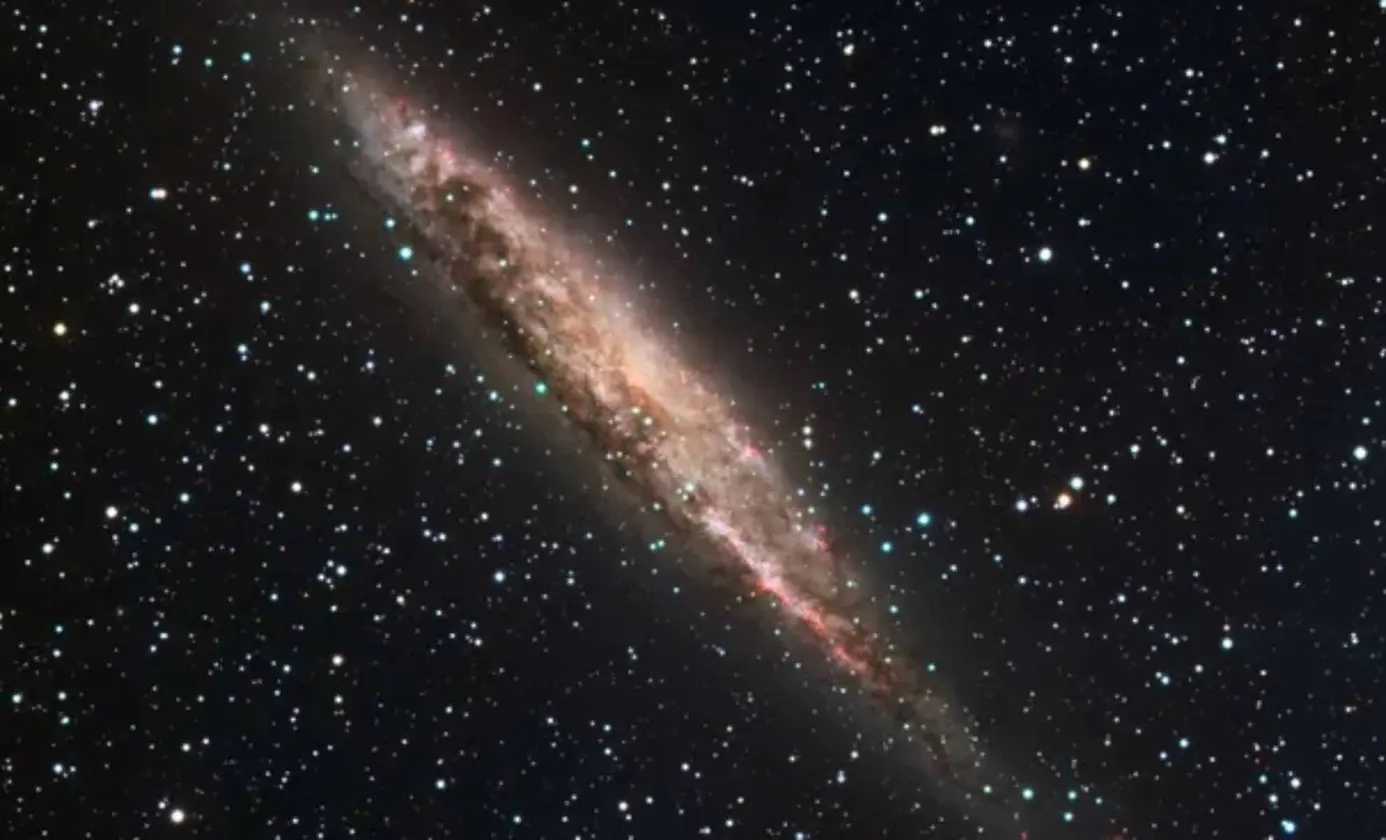T4K3.news
James Webb spots 300 bright early universe objects
Deep-field images from the James Webb Space Telescope identify 300 unusually bright early universe candidates. Spectroscopic confirmation is needed to determine their nature.

Deep-field images from NASA's James Webb Space Telescope identify 300 unusually bright early universe candidates, challenging current ideas about galaxy formation.
James Webb spots 300 bright early universe objects
Researchers from the University of Missouri used deep-field images from the James Webb Space Telescope to identify 300 unusually bright objects in the distant universe. They employed the dropout technique, which spots sources that appear in redder wavelengths but vanish in blue, indicating very great distances.
Distance estimates come from analyzing the objects' brightness across multiple wavelengths to infer redshift, age, and mass. The objects appear brighter than current models predict for galaxies forming within the first 13 billion years after the Big Bang. Scientists plan spectroscopic follow-up to confirm the nature of the brightest sources, and the findings were published in The Astrophysical Journal on June 27.
The instruments behind the discovery, JWST's Near Infrared Camera and Mid Infrared Instrument, are designed to detect light from the farthest reaches of space, making them ideal for probing the early universe. If confirmed, the results could push astronomers to rethink how quickly the first cosmic structures formed and evolved.
Key Takeaways
"If even a few of these objects turn out to be what we think they are, our discovery could challenge current ideas about how galaxies formed in the early universe"
Yan comments on the potential implications if the objects are confirmed as early galaxies
"These candidates shine far brighter than current models predict"
Observation of brightness relative to models
"Next, the researchers hope to use targeted spectroscopic observations to confirm the distances"
Plan for follow-up observations
The discovery tests the boundaries of current theories about early galaxy formation and highlights how rapidly new data can shift scientific thinking. If even a fraction of these objects are genuine high-redshift galaxies, researchers may need to revise timelines for star formation and mass assembly in the young universe. The finding also underscores the importance of follow-up work to separate true distant galaxies from other sources that can mimic redshift, such as dusty or lens-affected objects.
Caution is warranted because the dropout method can yield false positives. Spectroscopic confirmation will be essential to determine distances and true nature. In the meantime, the result adds to a growing list of transformative JWST discoveries and reinforces the telescope’s role in reshaping cosmology.
Highlights
- If even a few of these objects turn out to be what we think they are, our discovery could challenge current ideas about how galaxies formed in the early universe
- These candidates shine far brighter than current models predict
- Next, the researchers hope to use targeted spectroscopic observations to confirm the distances
- The dropout method reveals objects that appear in redder wavelengths and vanish in bluer
The universe still guards its oldest chapters; the next observations will decide which pages to trust.
Enjoyed this? Let your friends know!
Related News
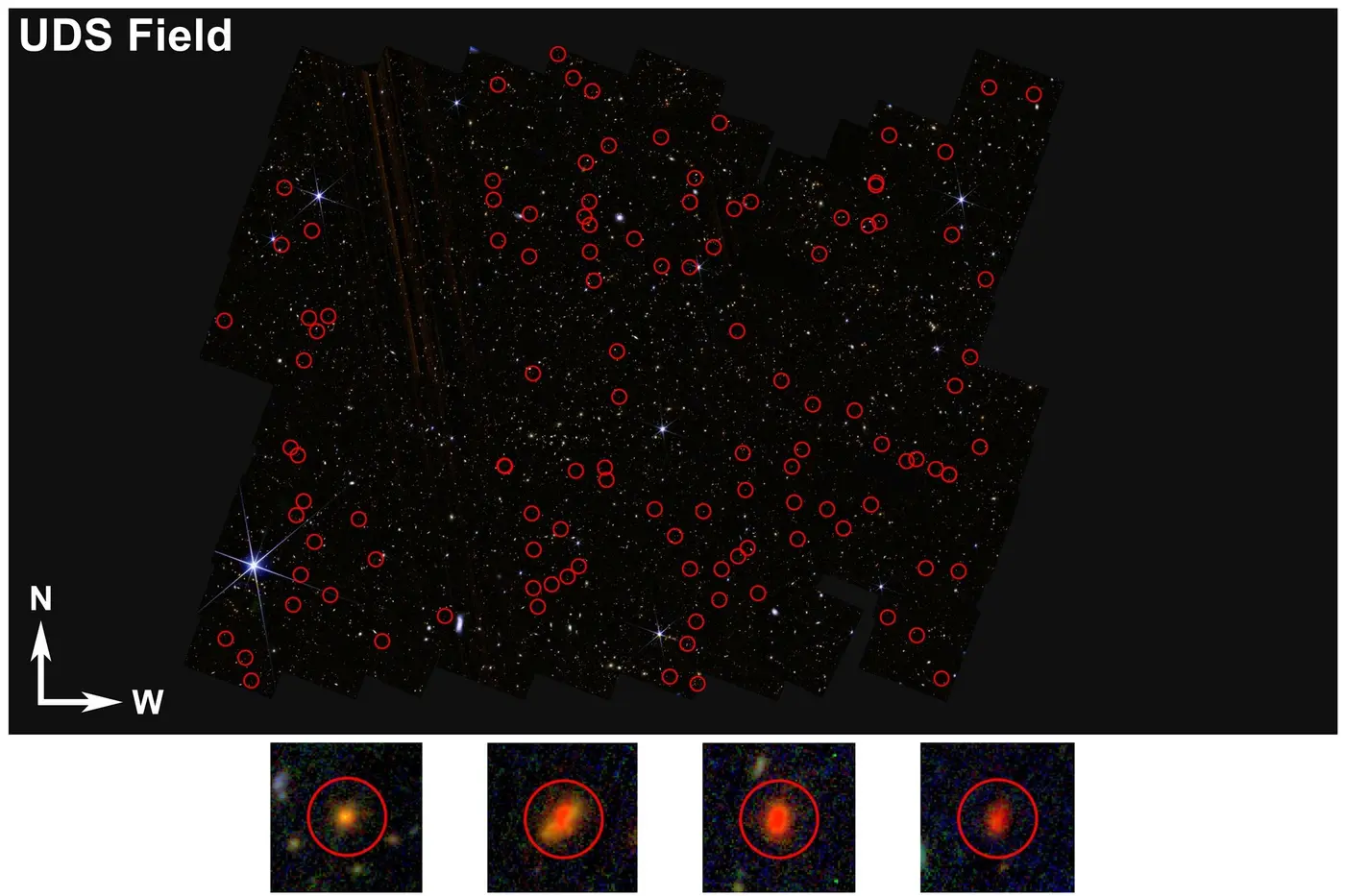
Webb finds 300 bright dropouts in deep space
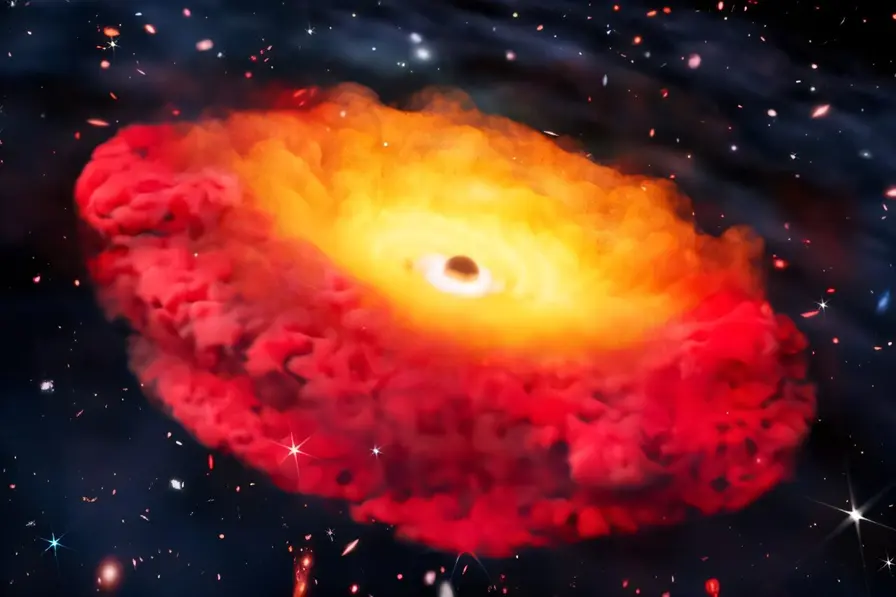
Astronomers confirm the universe's earliest black hole
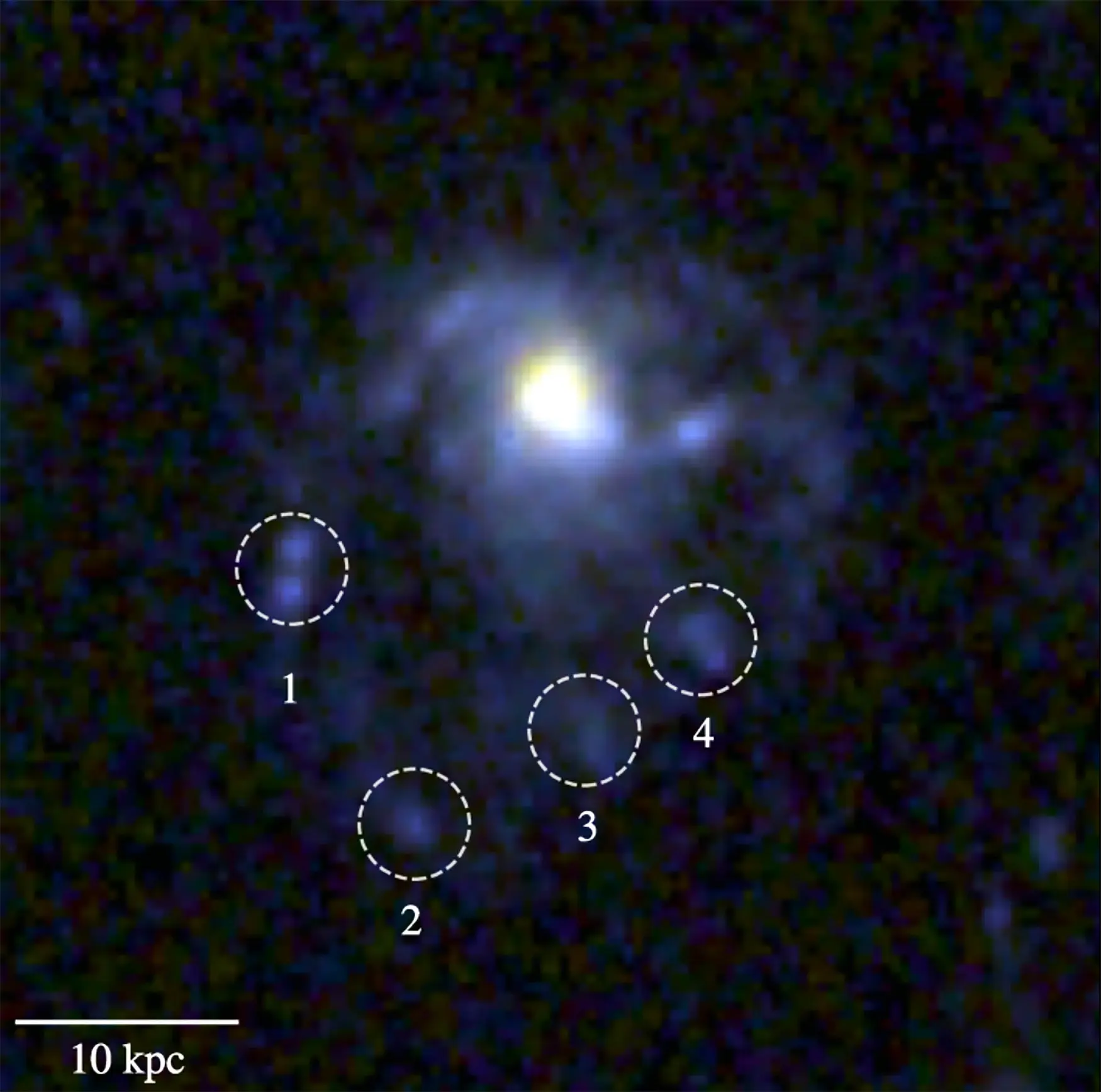
Webb spots distant jellyfish galaxy
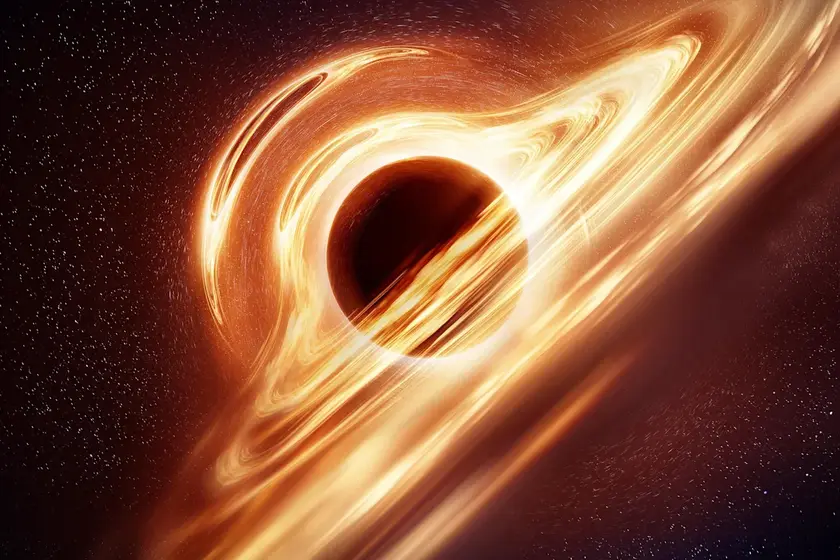
James Webb Telescope may have found early cosmic light sources
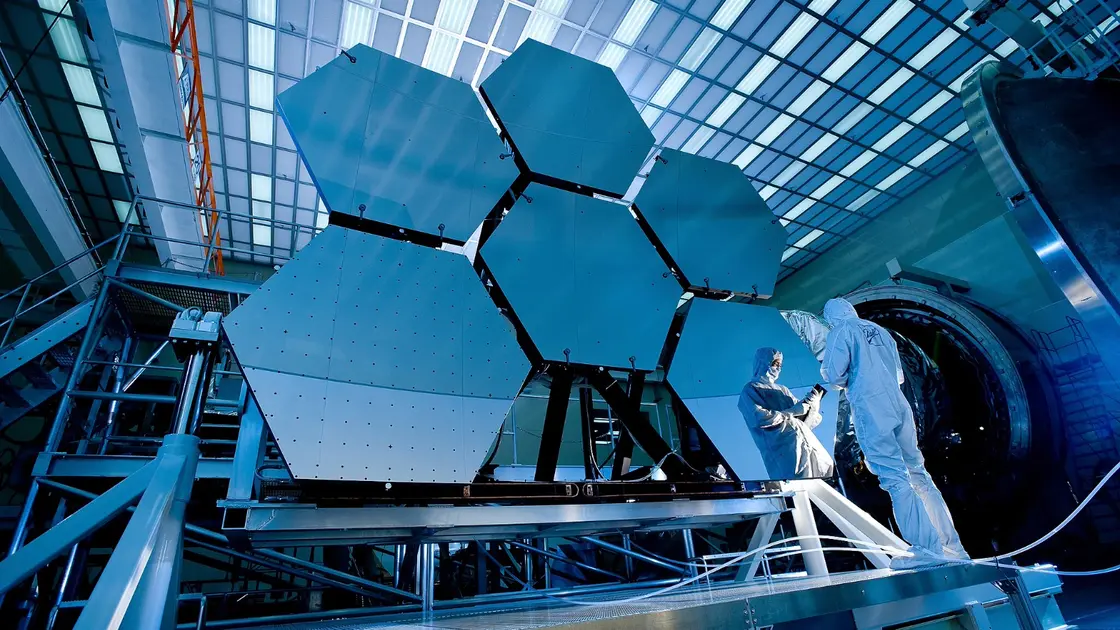
James Webb Space Telescope unveils ancient galaxies
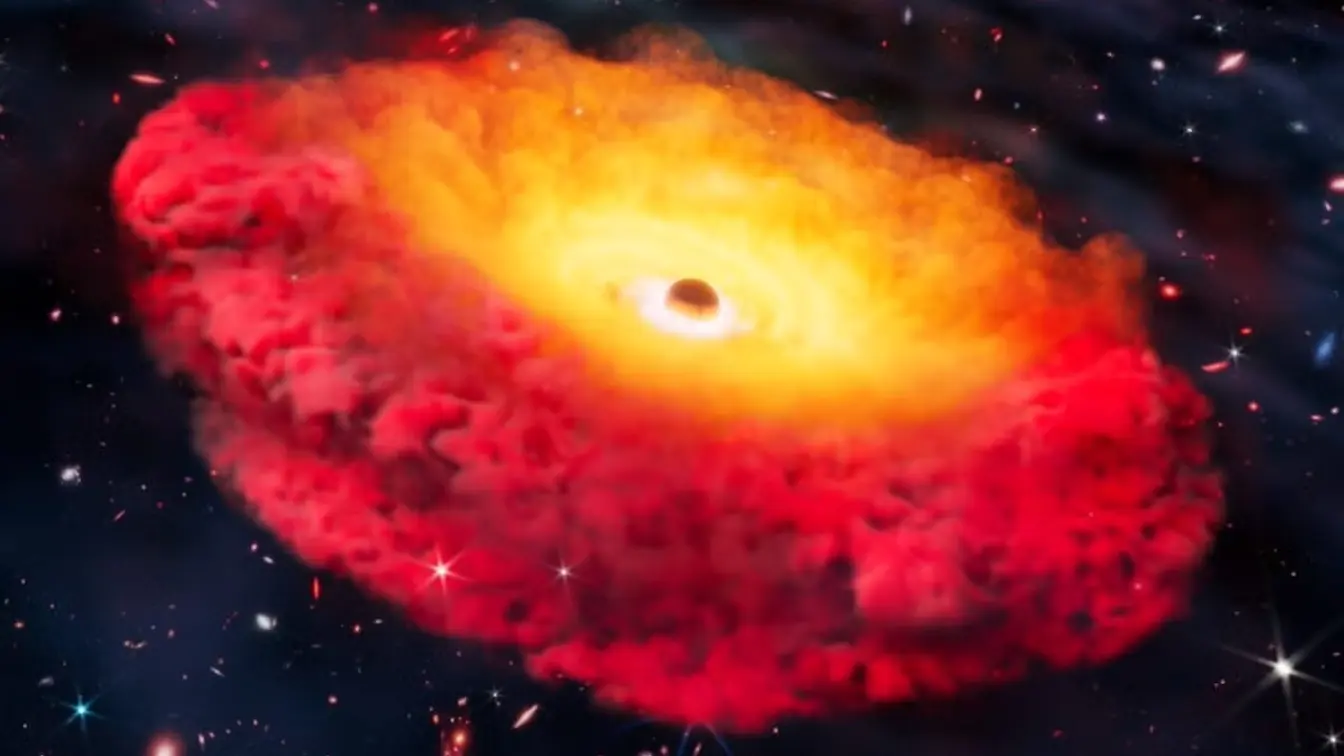
JWST finds earliest black hole in the universe

Earendel may be a star cluster not a lone star
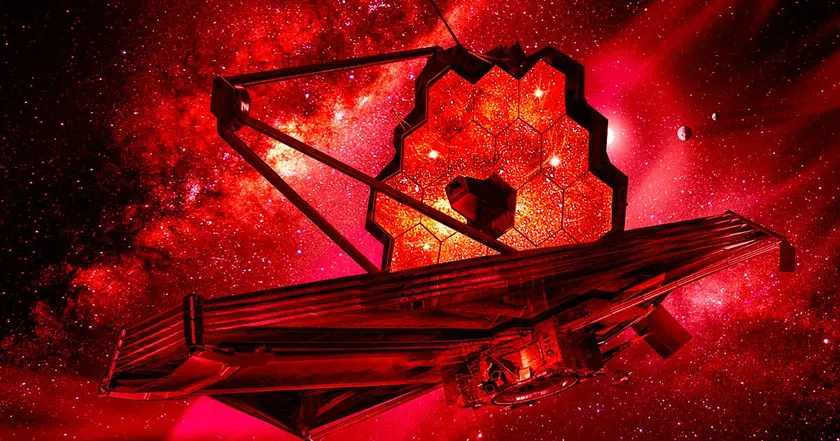
Little Red Dots update
